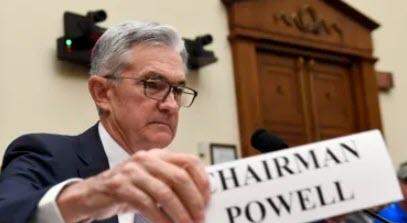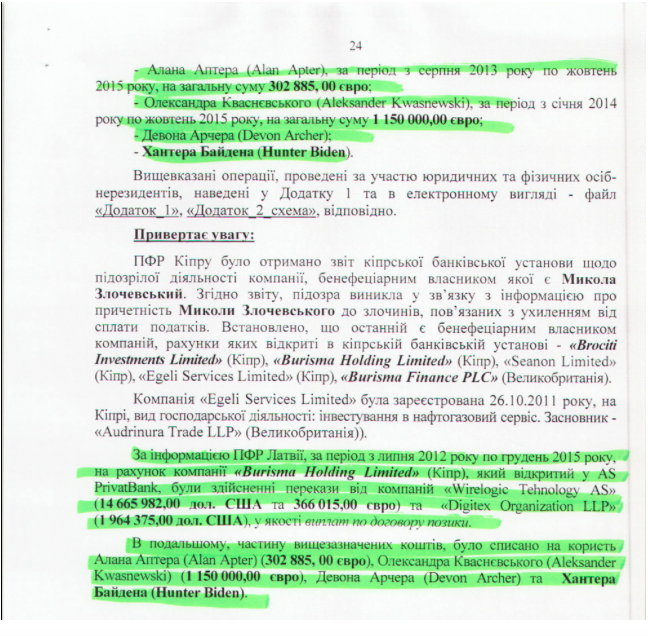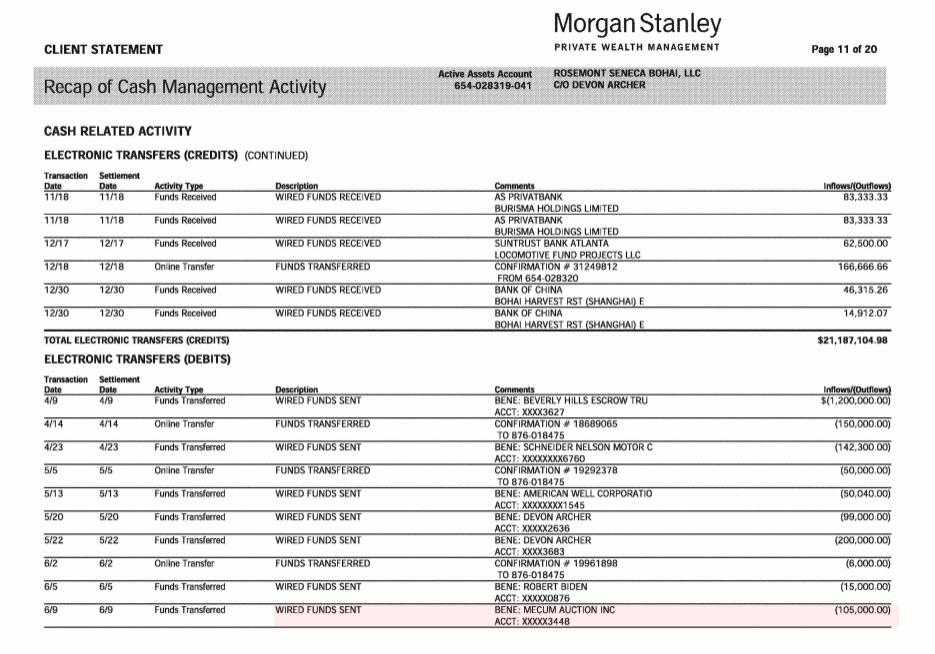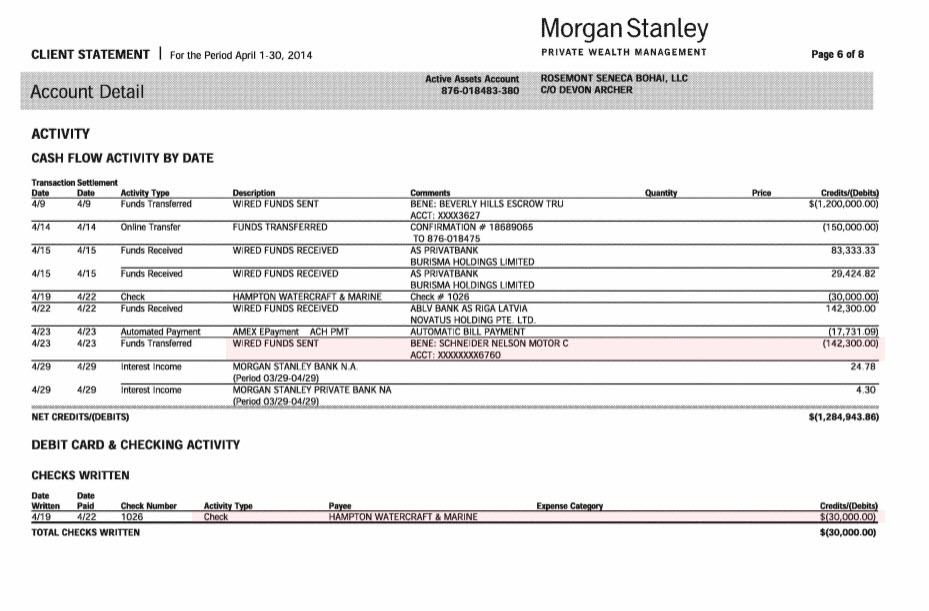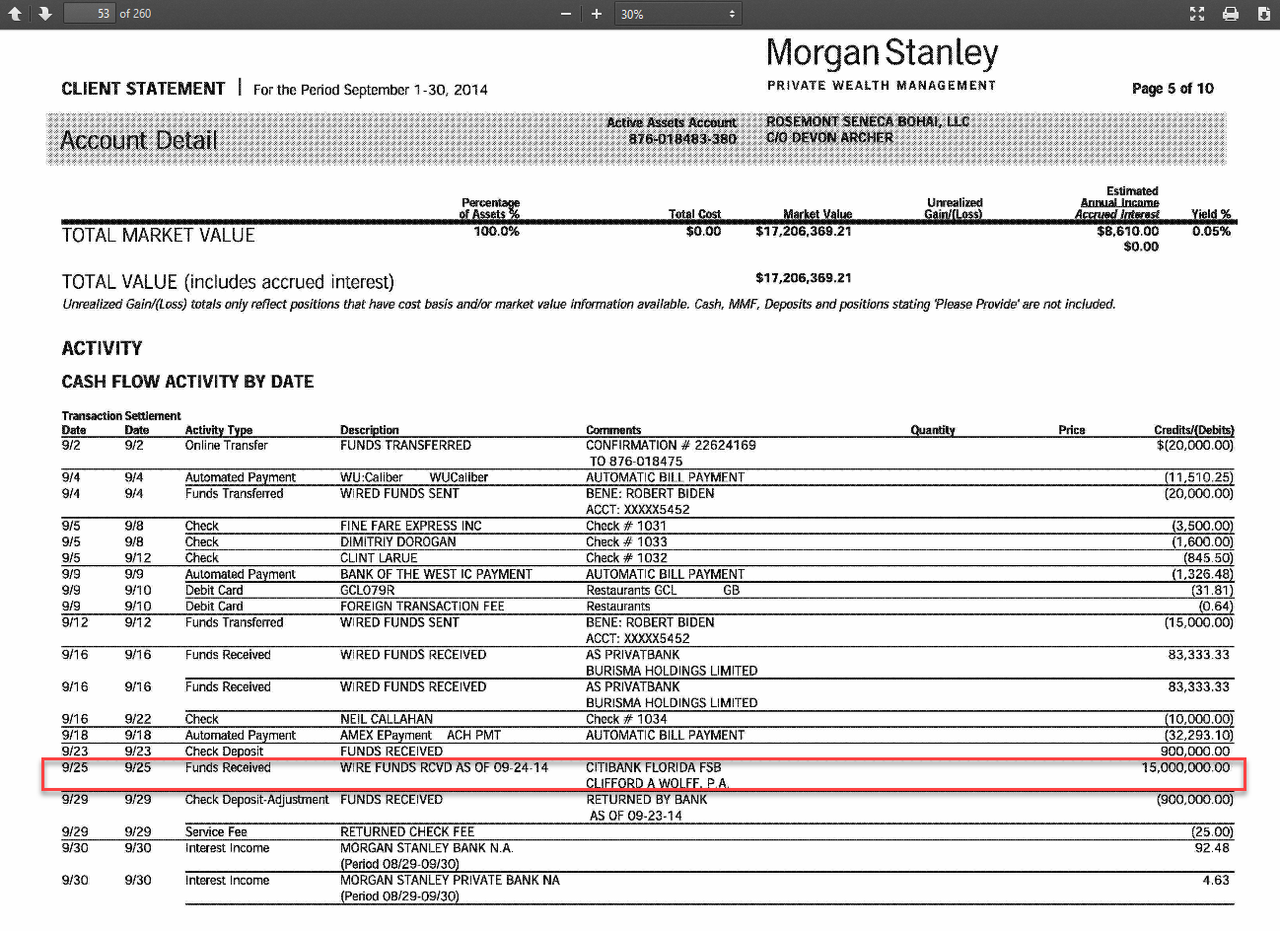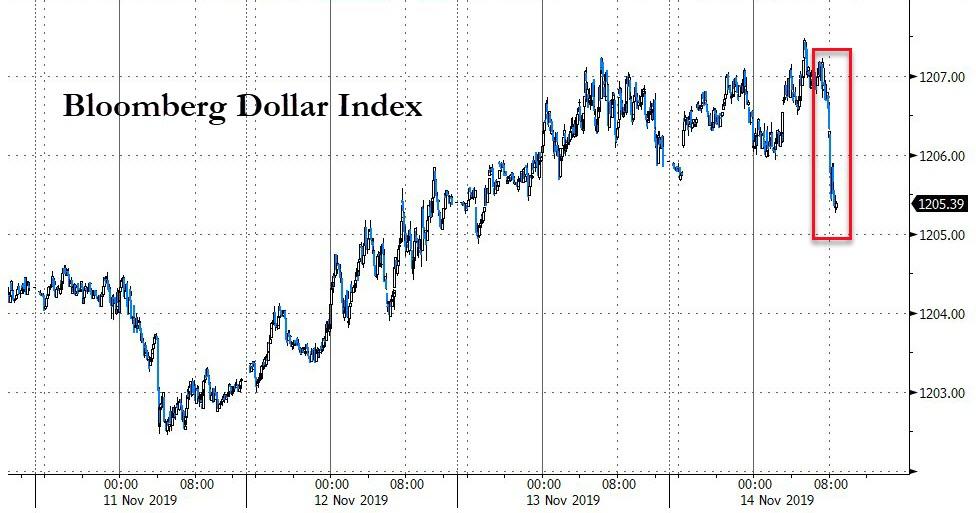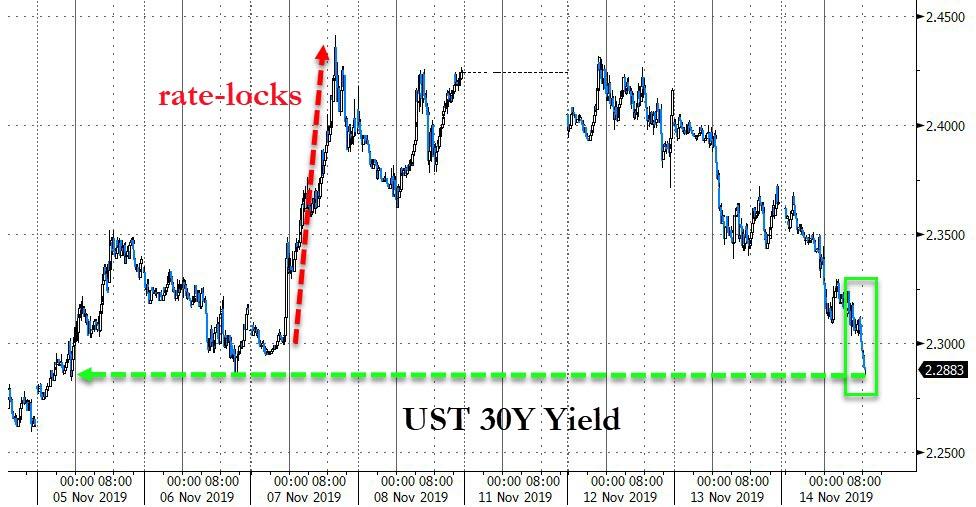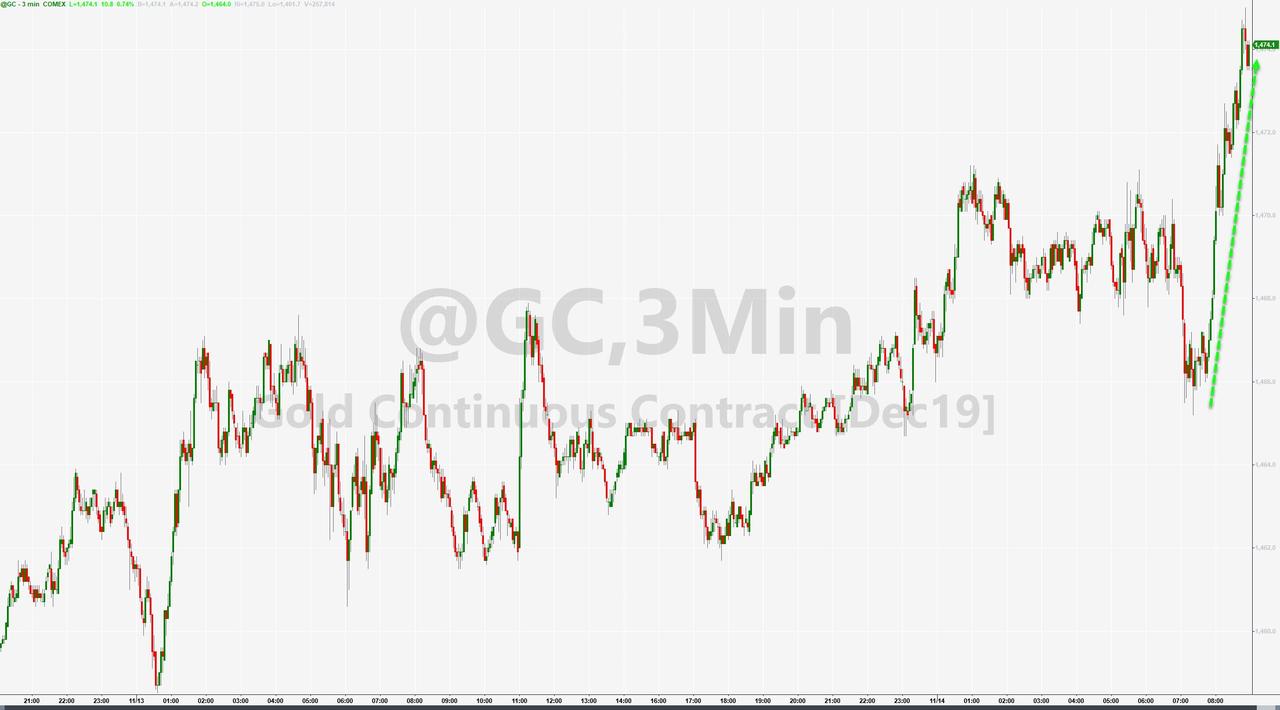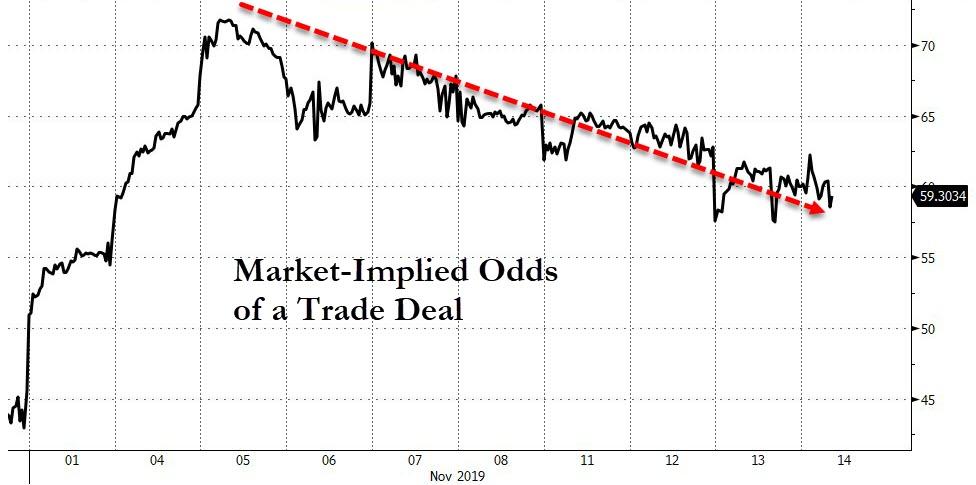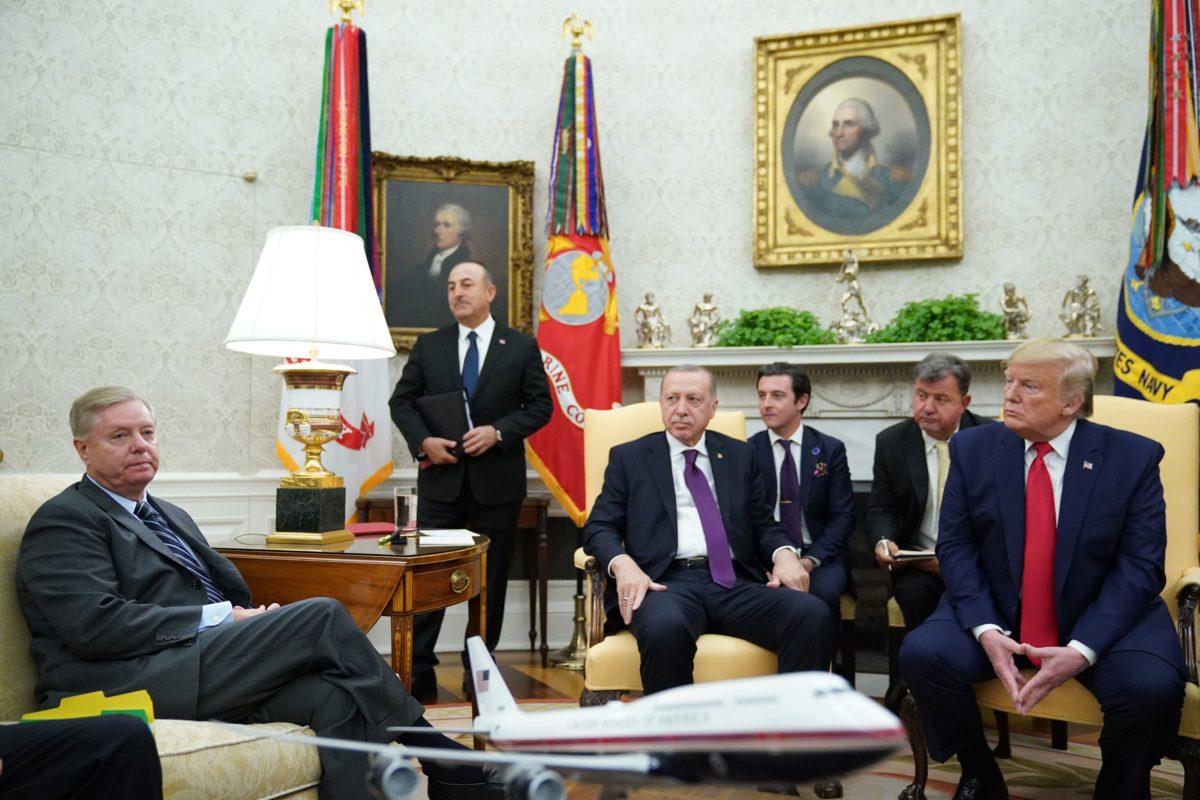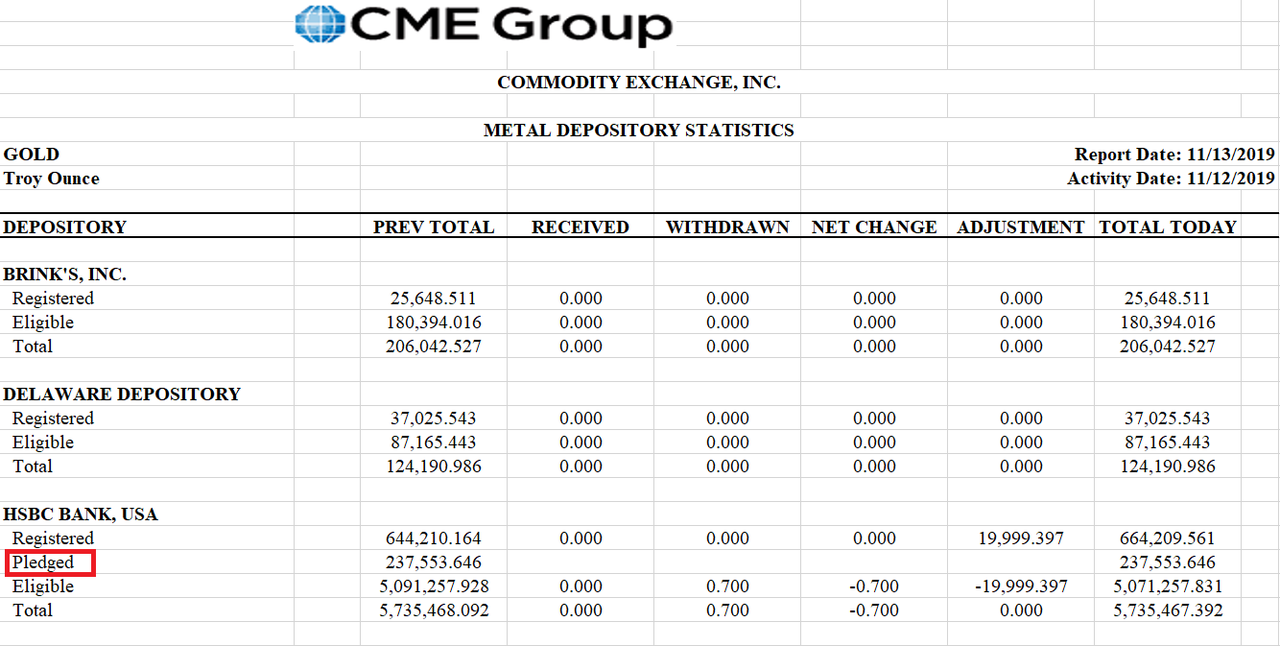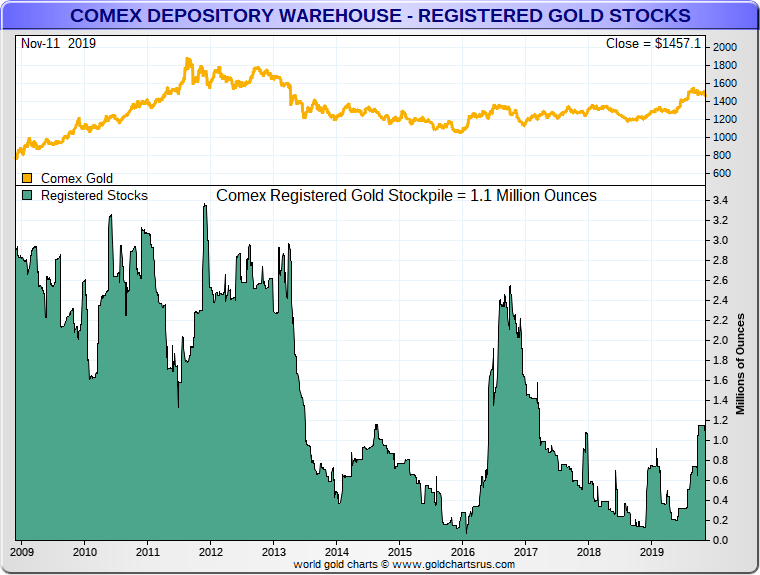Market Expectations Match Fed Policy… For Once
Federal Reserve Chair Jay Powell seemed quite comfortable today during his testimony in front of the US Congress’ Joint Economic Committee. His prior public appearances this year have not always gone as smoothly, of course. But his prepared remarks were clear and he managed the Q&A session reasonably well.
Markets endorsed his comments, signaling that they believe Fed policy is well calibrated to their expectations of the near-term US economic environment:
- Just after Powell’s session wrapped up, Fed Funds Futures for December tightened up even further around the belief that the Fed will not move rates at the next meeting. The odds now (96.3%) versus yesterday (95.6%) show almost complete conviction on this point.
- Looking out through Q1 2020, Fed Funds Futures put 74.3% odds that the Fed will not move rates through this period, up from 71.9% yesterday.
- The same message of “no further Fed action” even holds through Q2 2020, with futures now pricing 65.7% odds of rates remaining unchanged from today. Yesterday, they were 61.9%.
- You have to go all the way to November/December 2020 to find essentially coin-flip odds that the Fed will cut rates (49% in each month).
- Even 2-year Treasuries mirror this sentiment that rates are “just right”, with a yield of 1.63% that sits right on top of today’s effective Fed Funds rate of 1.55%.
Three issues during Chair Powell’s testimony did, however, perk up our ears:
#1: A question about the relationship between rising US industrial concentration and slower than expected wage growth at this late point in an economic cycle. We have been highlighting the work of NYU professor Thomas Philippon on rising industry concentration. This is an important and growing political narrative, and not just tied to “Big Tech” companies.
Chair Powell said rising industry concentration may be one explanation, but other factors also play important roles. Specifically, he cited:
- Lower US worker productivity
- Remaining slack in the labor market, as evidenced by still-rising participation
- The effects of rising levels of automation and globalization
- Lower unionization levels
- Neutral interest rates that may be lower than where the Fed thinks they are
Takeaway: the issue of industry concentration is clearly top of mind in DC, with lawmakers/regulators concerned that the US economy’s “commanding heights” have too few occupants.
#2: There were 2 questions about a recent Columbia University paper about “Inflation Inequality”. Chair Powell said he was familiar with the work. Here is a brief summary (paper link at the end of this section):
- Poverty rates use the Consumer Price Index to adjust for inflation over time. This has been the approach to determine household need for programs like Medicaid and the Supplemental Nutrition Assistance Program (SNAP, aka “food stamps”) for decades.
- The CPI, however, may not accurately reflect the change in prices for the basket of goods and services consumed by lower-income households. One academic paper (Jaravel 2019) calculated that CPI under-reported inflation for this cohort by 0.44 points annually from 2004 – 2015.
- By extension (but not in the paper), the Fed’s symmetrical 2% inflation target may serve to exacerbate income inequality, since those at the bottom of the income scale are seeing larger price increases than more affluent demographic cohorts.
Takeaway: while this issue is unlikely to change the Fed’s dual mandate, Chair Powell seems keenly aware that future political independence will require the central bank to be responsive to social issues like income inequality. At the margin that means Fed policy could drift more dovish than neutral, for reasons we explain in the next point.
#3: Chair Powell mentioned several times that the US has lower levels of labor force participation (LFP) among prime-aged (25 -54 year old) workers than most wealthy economies. This is quite true, as data from the OECD shows (link below for more):
- The US prime aged LFP was 82.1% in 2018.
- Among the G-7 countries, only Italy is lower at 77.9%.
- Other major economies all show higher levels that are 4 – 6 points higher: UK (86.3%), Japan (87.4%), Germany (87.7%) and France (88.1%).
Takeaway: like the prior point, this is another spot where social issues intersect with how the Fed considers its policy mandates. Chair Powell constantly reiterates what seems to be his key observation from recent “Fed Listens” events: that a “hot” economy pulls workers into the labor force, and that’s a desirable outcome. By comparing the US LFP rates to other wealthy economies, his implicit message is that as long as inflation remains contained the Fed will focus on improving US labor force participation.
Summing up: for the first time in what seems like years the market and the Federal Reserve agree that current interest rate policy is correct. Yes, there is some bias in Fed Funds Futures to believing the next move will be a cut. But that’s more likely to come in the second half of 2020 rather than at the next few meetings. Given Chair Powell’s more expansive view of what constitutes “full employment” and the lack of general price inflation, assuming the Fed remains in “stealth dove” mode is reasonable.
Sources:
Columbia paper on inflation inequality: https://groundworkcollaborative.org/wp-content/uploads/2019/11/The-Costs-of-Being-Poor-Groundwork-Collaborative.pdf
OECD Labor Force Participation Data: https://data.oecd.org/emp/labour-force-participation-rate.htm
Tyler Durden
Thu, 11/14/2019 – 12:35
via ZeroHedge News https://ift.tt/34Zp28m Tyler Durden
